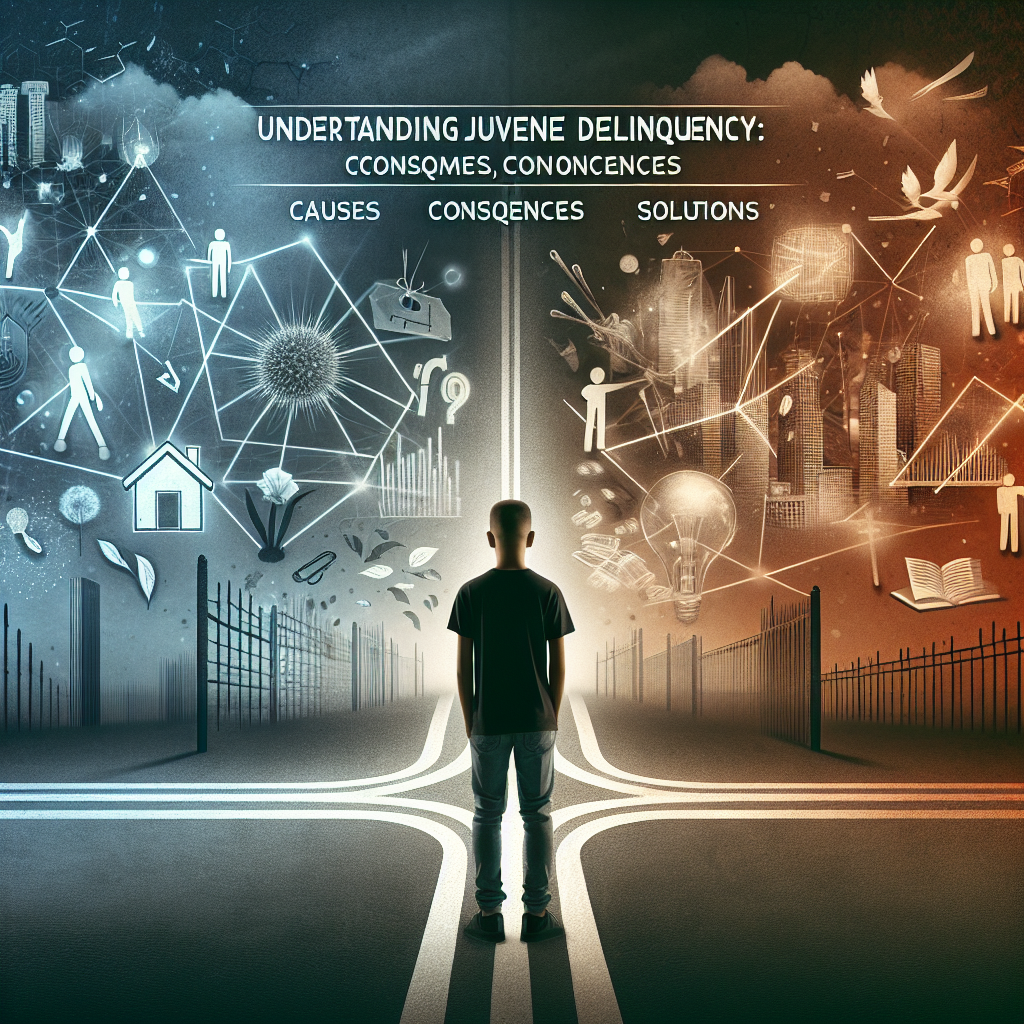
Introduction
Juvenile delinquency remains a pressing issue in our society, fundamentally shaking the fabric of communities and raising questions about the effectiveness of our systems designed to protect and rehabilitate youth. Understanding juvenile delinquency—its causes, consequences, and solutions—is crucial not only for law enforcement and policymakers but also for educators, parents, and community leaders. As we delve into this complex topic, we will uncover the underlying factors that drive young individuals towards delinquent behaviors, the ramifications of these actions, and the strategies we can implement to foster positive change.
Understanding Juvenile Delinquency
What is Juvenile Delinquency?
Juvenile delinquency refers to unlawful behavior committed by minors, typically under the age of 18. This can range from minor infractions, such as truancy and vandalism, to more serious crimes like theft and assault. The juvenile justice system aims to focus on rehabilitation rather than punishment, acknowledging that young people are often still in formative stages of development and capable of change.
The Importance of Understanding Juvenile Delinquency
Understanding juvenile delinquency is imperative for several reasons:
Preventive Measures: By identifying root causes, communities can implement programs targeting at-risk youth.
Policy Improvement: Insights from research can lead to policies that effectively address the complexities of juvenile crime.
- Social Impact: Reducing juvenile delinquency can lead to safer neighborhoods and a decrease in adult crime rates.
Causes of Juvenile Delinquency
1. Family Environment
Research consistently points to family dynamics as a significant influence on youth behavior. Children from unstable or dysfunctional households, characterized by neglect, abuse, or lack of supervision, are at a higher risk for engaging in delinquent behavior. A nurturing family environment provides emotional and social support, fostering resilience against negative influences.
Case Study: The Role of Parental Involvement
A study conducted in Chicago revealed that youth involved in delinquent behavior often had a history of parental neglect. In contrast, those with engaged parents exhibited lower rates of offending. This underscores the importance of supportive family structures in reducing juvenile delinquency.
2. Socioeconomic Factors
Poverty and limited access to quality education contribute significantly to juvenile delinquency. Youth from low-income neighborhoods often lack access to resources that promote positive development, such as extracurricular activities and mentorship programs.
Chart: Rates of Juvenile Delinquency by Socioeconomic Status
| Socioeconomic Status | Rate of Delinquency (% of youths) |
|---|---|
| Low Income | 45% |
| Middle Income | 20% |
| High Income | 10% |
3. Peer Influence
The adolescent years are characterized by a strong desire for peer acceptance. Associating with delinquent peers can exacerbate risky behaviors, as youth may engage in crime to fit in or gain approval.
Case Study: The Influence of Peer Groups
A project in Los Angeles found that adolescents who engaged with delinquent peers were five times more likely to partake in criminal activities than their counterparts with law-abiding friends. This indicates the powerful role of social circles in shaping youth behavior.
4. Mental Health Issues
Many juveniles involved in delinquent behavior suffer from undiagnosed mental health conditions, including depression and anxiety. Without proper mental health support, these youths may resort to crime as a coping mechanism.
5. Substance Abuse
Experimentation with drugs and alcohol often leads to delinquent behavior among teens. Substance abuse can impair judgment and increase impulsive actions.
Consequences of Juvenile Delinquency
1. Short-Term Consequences
- Legal Ramifications: Juveniles may face detainment and court appearances.
- Educational Impact: Delinquency often results in school suspensions or expulsions.
2. Long-Term Consequences
- Criminal Record: A delinquent record can create barriers to employment and education.
- Cycle of Crime: Many youths who engage in delinquent behavior may continue into adulthood, perpetuating a cycle of crime.
Table: Long-Term Impact of Juvenile Delinquency
| Consequence | Description |
|---|---|
| Employment Barriers | Difficulty acquiring jobs |
| Education Limitations | Restricted access to higher education |
| Increased Recidivism | Higher likelihood of adult crime |
Solutions to Juvenile Delinquency
1. Prevention Programs
Implementing community-based prevention programs is vital. These initiatives can include mentorship, after-school activities, and family counseling.
Case Study: Successful Mentorship Program
In a groundbreaking mentorship program in Seattle, at-risk youth were paired with adult mentors. Over two years, participants showed a 30% reduction in delinquent behavior, demonstrating the power of positive role models.
2. Educational Support Systems
Schools must offer support systems that target at-risk students. This may include teacher training, counseling services, and after-school enrichment programs aimed at engaging youth in positive activities.
3. Mental Health Services
Incorporating mental health services into juvenile justice systems ensures that youths receive the necessary support to address underlying issues.
4. Community Engagement
Engaging the community in crime prevention fosters a collective responsibility towards youth. Community centers and local organizations can work together to create safe spaces for youth.
5. Policy Reformation
Reforming juvenile justice policies to prioritize rehabilitation over punishment can help redirect youth towards positive outcomes.
Conclusion
Understanding juvenile delinquency—its causes, consequences, and solutions—is critical in our quest to build safer communities and foster positive development for youth. By addressing the underlying factors and implementing effective prevention strategies, we can create a supportive environment where young people can thrive.
FAQs
1. What are the most common types of juvenile delinquency?
Common types include theft, vandalism, substance use, and assault.
2. How can parents prevent juvenile delinquency?
Parental involvement, monitoring peer associations, and fostering open communication can significantly reduce the risk of delinquent behavior.
3. What role do schools play in addressing juvenile delinquency?
Schools can implement programs focused on social-emotional learning, creating a supportive environment that discourages delinquency.
4. Are there any successful models for rehabilitation?
Yes, programs like the “Big Brothers Big Sisters” mentorship in various areas have shown excellent results in reducing delinquency.
5. How does socioeconomic status impact juvenile delinquency?
Lower socioeconomic status often limits access to resources that promote positive youth development, increasing the risk of engaging in delinquent behaviors.
In conclusion, understanding juvenile delinquency requires a multifaceted approach, where family, community, and policy collaboratively work to foster a positive environment for our youth. By focusing on rehabilitation and preventive measures, we can inspire hope and create pathways toward brighter futures.
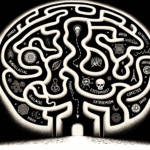




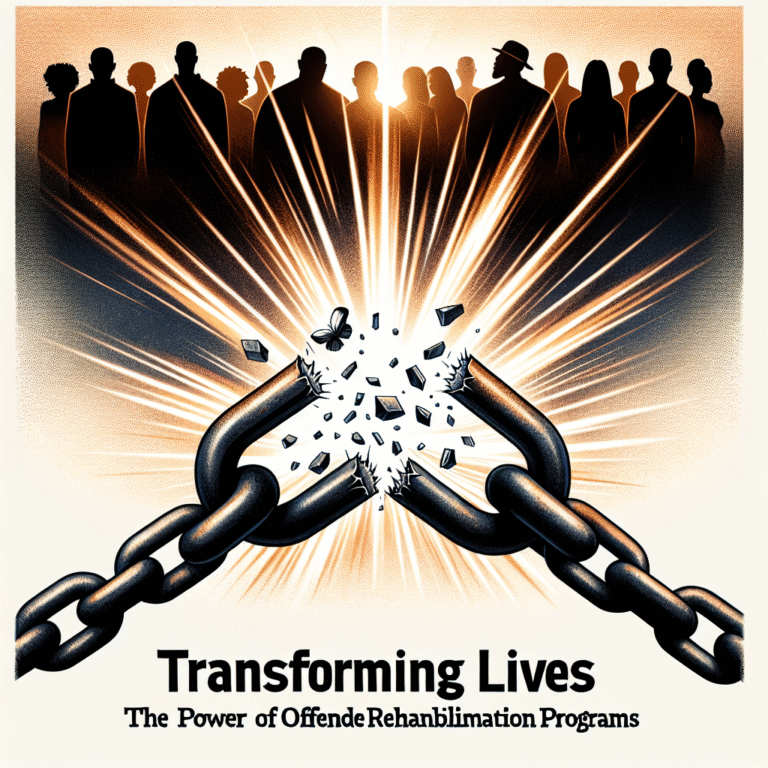

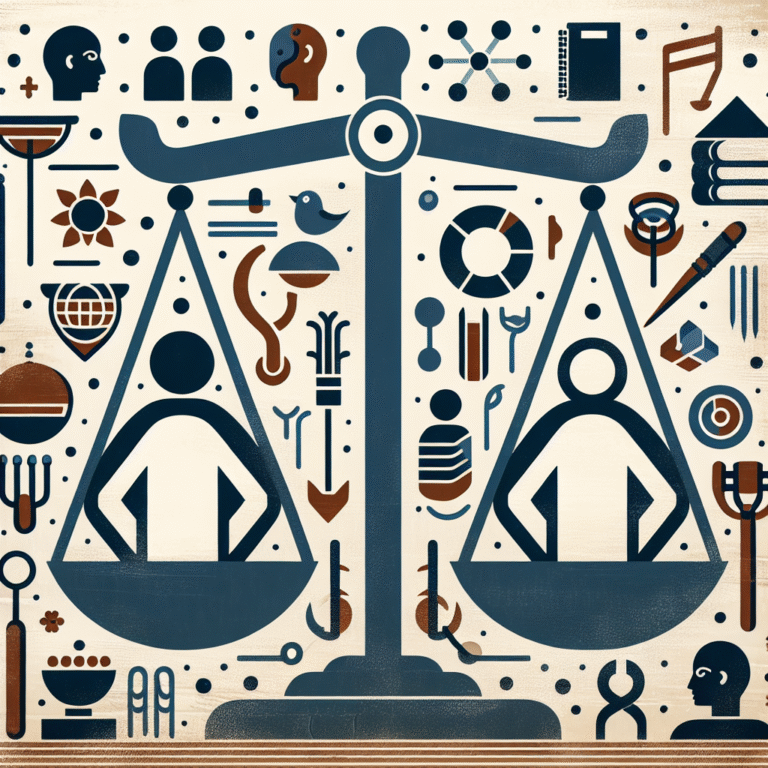
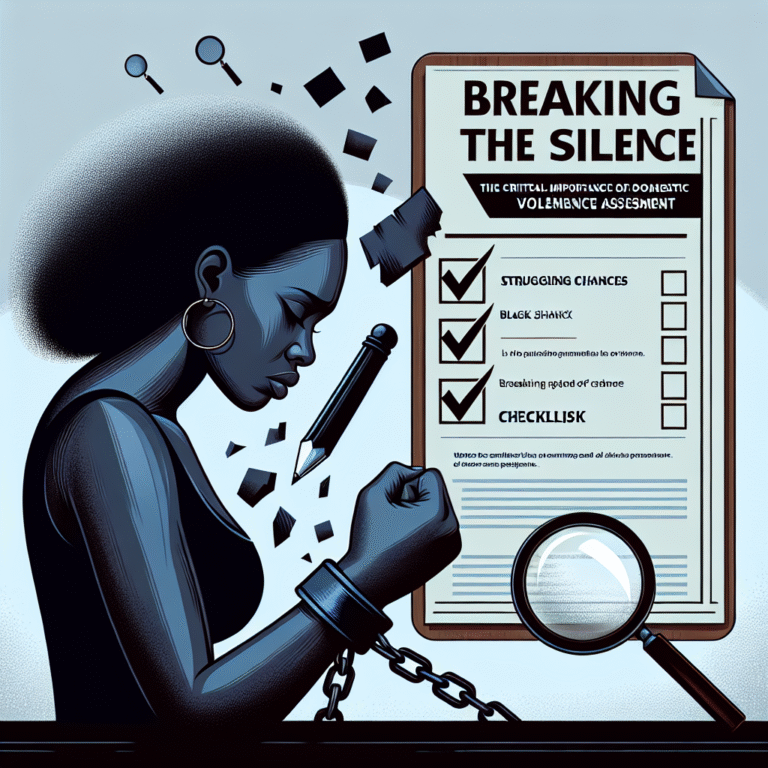









this is the best lesson ever, it’s closely related to criminology study on crimes. i wish to have more lessons from you